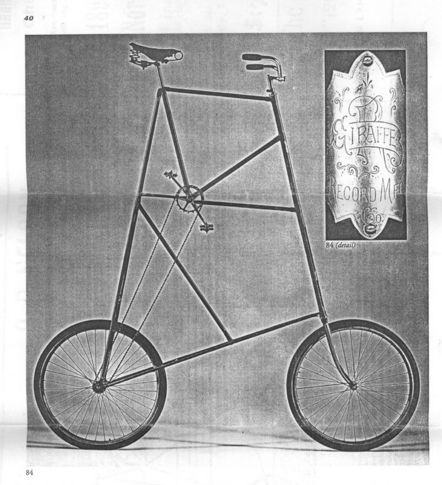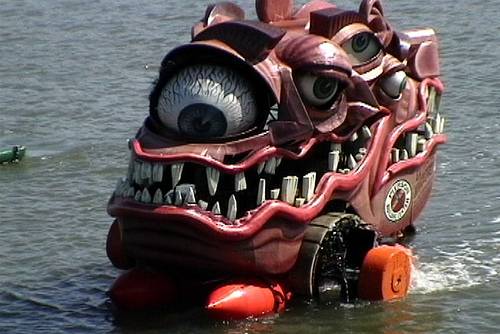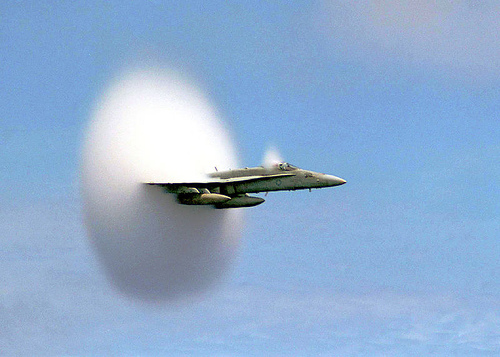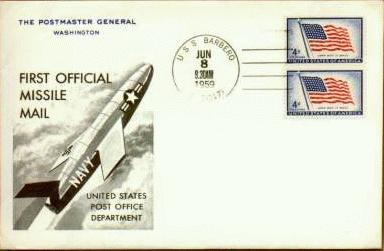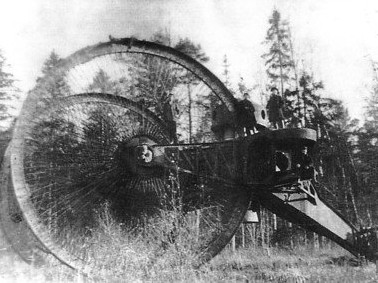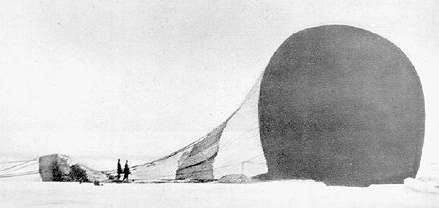
Too much optimism is a bad thing. In 1897, Swedish engineer S.A. Andrée planned to reach the North Pole in a leaky and untested balloon, steering only by dragging ropes. He and two companions lifted off from Svalbard in July, drifted north and disappeared for 33 years.
It wasn’t until 1930 that their last camp was discovered — they had crashed after only two days and spent three freezing months trying to walk home.
“Morale remains good,” Andrée had written before his diary became incoherent. “With such comrades as these, one ought to be able to manage under practically any circumstances whatsoever.”

